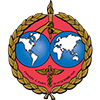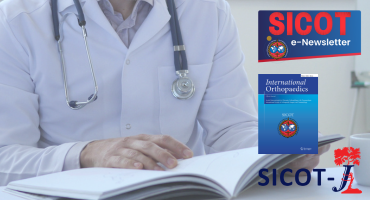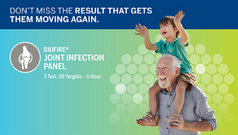Modified plate-nail fixation for periprosthetic distal femur fractures following total knee arthroplasty in elderly patients - A technical note
Injury. 2025 Jun 25;56(8):112557. doi: 10.1016/j.injury.2025.112557. Online ahead of print.
ABSTRACT
The global rise in total knee arthroplasty (TKA), driven by an aging population, has led to an increased incidence of periprosthetic fractures (PPFs). Dual implants for distal femur periprosthetic fractures (PDFFs) are a growing area of interest for these challenging fractures with dual plating (DP) and plate-retrograde femoral intramedullary nail (PN) emerging as viable constructs for these injuries. However, dual implants have inherent limitations. Herein we focus on describing a modified PN fixation-retrograde tibial intramedullary nail (RTN) combined with a less invasive stabilization system (LISS) for PDFFs following TKA in elderly patients and providing the technical trick of this modified PN fixation.
PMID:40602036 | DOI:10.1016/j.injury.2025.112557














